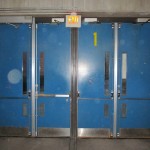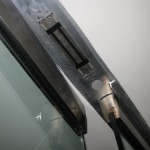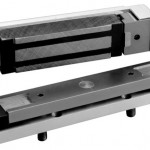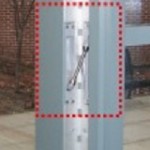Schlage AD-Series Update
Yesterday I spent a few hours auditing a class on the Schlage AD-Series Electronic Locks. If you haven't seen this lock yet, you should go to the website and take a look. The whole idea behind it is that it's adaptable. You can change the type of credential reader (keypad, mag-stripe, proximity/Smart Card/Multi-Tech reader) , the function (classroom/storeroom, office, apartment, privacy), or even the level of access control (offline, networked, wireless), and the changes can be made without taking the lock off the door. So you install a stand-alone keypad lock today...tomorrow you can change it to a networked wireless lock with a Smart Card reader, and only the credential reader and inside escutchen need to be replaced. The rest of the change is accomplished with free firmware.














